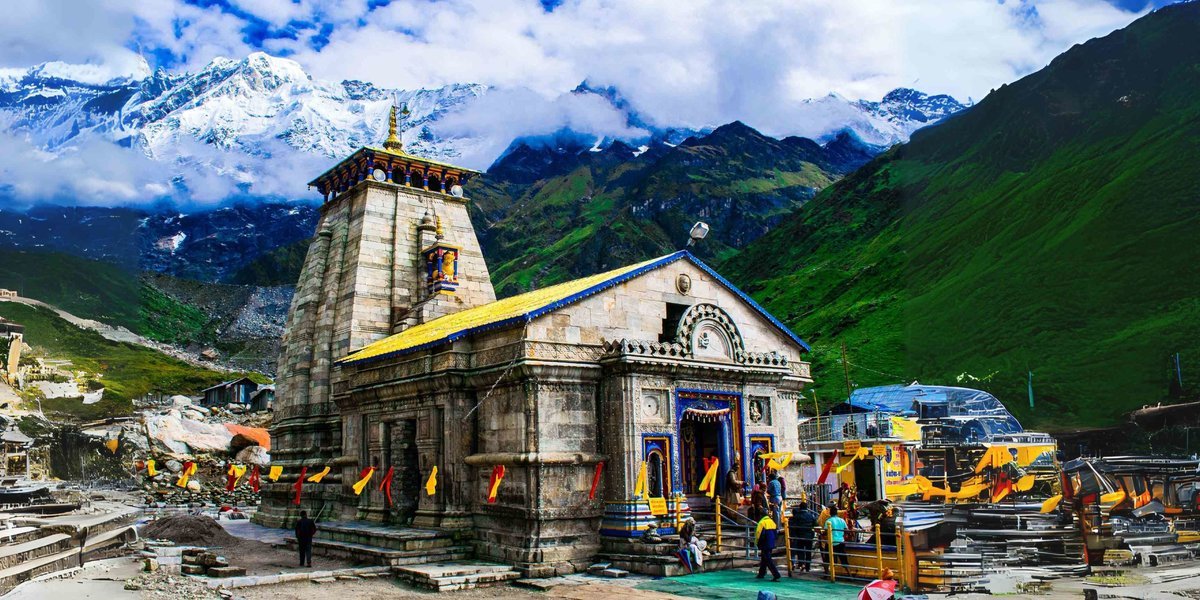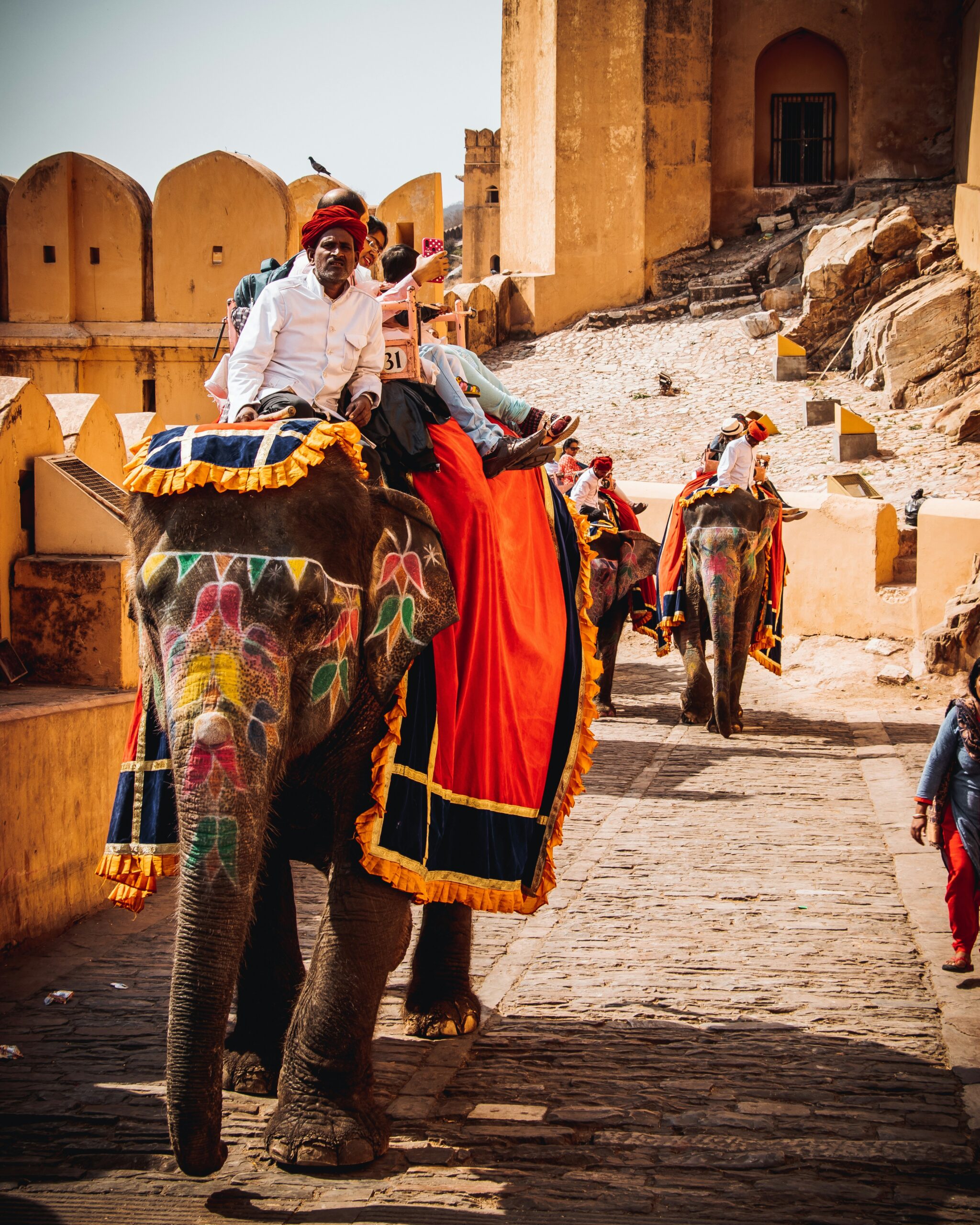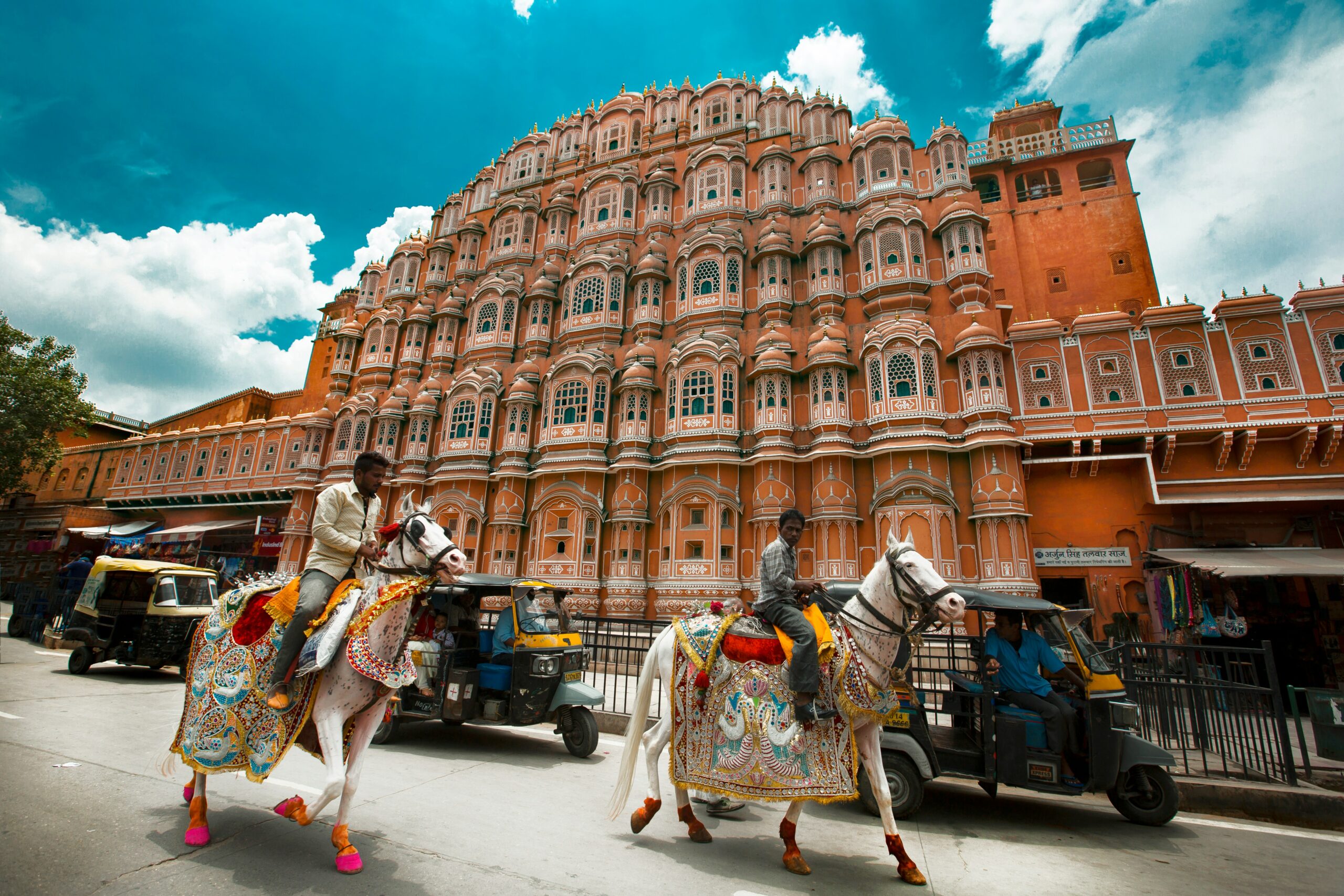The Himalayan region of India is home to some of the most revered pilgrimage sites in Hinduism, with Kedarnath and Badrinath standing out as two of the most significant. Nestled amidst towering peaks and breathtaking landscapes, these sacred destinations attract millions of devotees each year, offering not only spiritual solace but also a chance to experience the raw beauty of nature. This trip to kedarnath-and badrinath, often referred to as the “Chota Char Dham” pilgrimage, serves as a profound spiritual experience, connecting devotees with their faith and the divine.
Kedarnath: The Abode of Lord Shiva
Kedarnath, situated at an altitude of 3,583 meters, is dedicated to Lord Shiva and is one of the twelve Jyotirlingas. The temple, believed to be over a thousand years old, is an architectural marvel constructed from large, heavy stones. The journey to Kedarnath is challenging yet rewarding. Pilgrims typically begin their journey from Gaurikund, where they can choose to trek approximately 16 kilometers on foot or hire ponies or palanquins.
The trek to Kedarnath is not just a physical challenge; it is also a spiritual journey. As pilgrims ascend the winding paths, they are greeted by stunning views of the surrounding mountains and valleys, which serve as a reminder of the divine presence in nature. The air is filled with the sounds of nature and the chants of devotees, creating an atmosphere of reverence and devotion.
Upon reaching Kedarnath, the sight of the temple against the backdrop of the majestic Kedarnath Peak is awe-inspiring. The temple is open for darshan from April to November, with the peak pilgrimage season occurring during the summer months. Inside the temple, devotees offer prayers and perform rituals, seeking blessings from Lord Shiva. The experience is deeply personal and transformative, as many find a sense of peace and fulfillment in this sacred space.
Badrinath: The Abode of Lord Vishnu
Badrinath, located at an altitude of 3,133 meters, is dedicated to Lord Vishnu and is another key destination in the Chota Char Dham pilgrimage. The temple is situated on the banks of the Alaknanda River, surrounded by the stunning Neelkanth and Nar Parvat mountains. The history of Badrinath dates back to ancient times, with references found in the Puranas, making it a site of immense spiritual significance.
The journey to Badrinath typically begins from Joshimath, where pilgrims can take a scenic drive or trek to the temple. The route offers breathtaking views of the mountains and valleys, and the serene environment enhances the spiritual experience. Upon arrival, pilgrims are greeted by the magnificent sight of the Badrinath temple, which is adorned with vibrant colors and intricate carvings.
Inside the temple, the main deity is a black stone idol of Lord Vishnu, known as Badrinarayan, which is believed to be self-manifested. The rituals performed here are steeped in tradition, and devotees take part in various ceremonies, including the sacred bath in the Tapt Kund, a natural hot spring located nearby. This ritual is believed to purify the soul and prepare devotees for their darshan.
The Spiritual Journey
The pilgrimage to Kedarnath and Badrinath is not just about visiting temples; it is a holistic spiritual journey that encompasses physical, mental, and emotional aspects. The trek itself serves as a form of meditation, allowing pilgrims to reflect on their lives and connect with their inner selves. The serene environment, coupled with the chants and prayers, creates a sense of community among devotees, fostering a shared experience of faith and devotion.
Both Kedarnath and Badrinath are surrounded by stunning landscapes that further enhance the spiritual experience. The snow-capped peaks, lush green valleys, and flowing rivers serve as a reminder of the divine creation, inspiring awe and reverence. Many pilgrims take time to soak in the beauty of nature, understanding that spirituality is deeply intertwined with the environment.
Cultural Significance
The cultural significance of these pilgrimage sites extends beyond their religious importance. They are integral to the traditions and practices of the local communities, who have preserved their heritage over centuries. The festivals celebrated at Kedarnath and Badrinath, such as the opening and closing ceremonies of the temples, attract not only pilgrims but also tourists and locals, creating a vibrant atmosphere filled with music, dance, and devotion.
Local cuisine, handicrafts, and traditional practices provide a glimpse into the rich cultural tapestry of the region. Engaging with local communities allows pilgrims to gain a deeper understanding of the customs and traditions that shape the spiritual landscape of Kedarnath and Badrinath.
Conclusion
Embarking on a pilgrimage to Kedarnath and Badrinath is a transformative experience that transcends mere travel. It is a journey of faith, self-discovery, and connection with the divine. The challenges faced during the trek and the serenity found in the temples create a unique blend of physical and spiritual fulfillment. As pilgrims return from their journey, they carry with them not only the blessings of the deities but also a deeper appreciation for the beauty of nature and the importance of spirituality in their lives.
In essence, the pilgrimage to these divine destinations forms a ttrikon—a triangle of faith, nature, and culture—where each point enhances the other, creating a holistic experience that resonates within the hearts of all who embark on this sacred journey.




